
Learning Community > Aquarium Setup > 4. Water Quality
Build Stability Before Beauty: Why Is My Aquarium Water Cloudy?
Let’s be honest—starting a new aquarium can feel like learning how to ride a bicycle… on a tightrope. Between pH swings, ammonia spikes, and wondering if your fish are actually smiling or stressed, it’s easy to feel overwhelmed.
So let’s break this down step-by-step. The goal? Stable water, happy fish, and zero surprises.
You’ve set up your tank. Equipment’s running. Water’s clear. Looks good, right?
Well, not quite yet.
In the first 2–4 weeks, your tank enters what’s called the cycling phase—a crucial biological process that establishes the nitrogen cycle. During this time, water parameters will fluctuate as beneficial bacteria (like those in Bacter⁺) begin to colonize your filter and substrate.
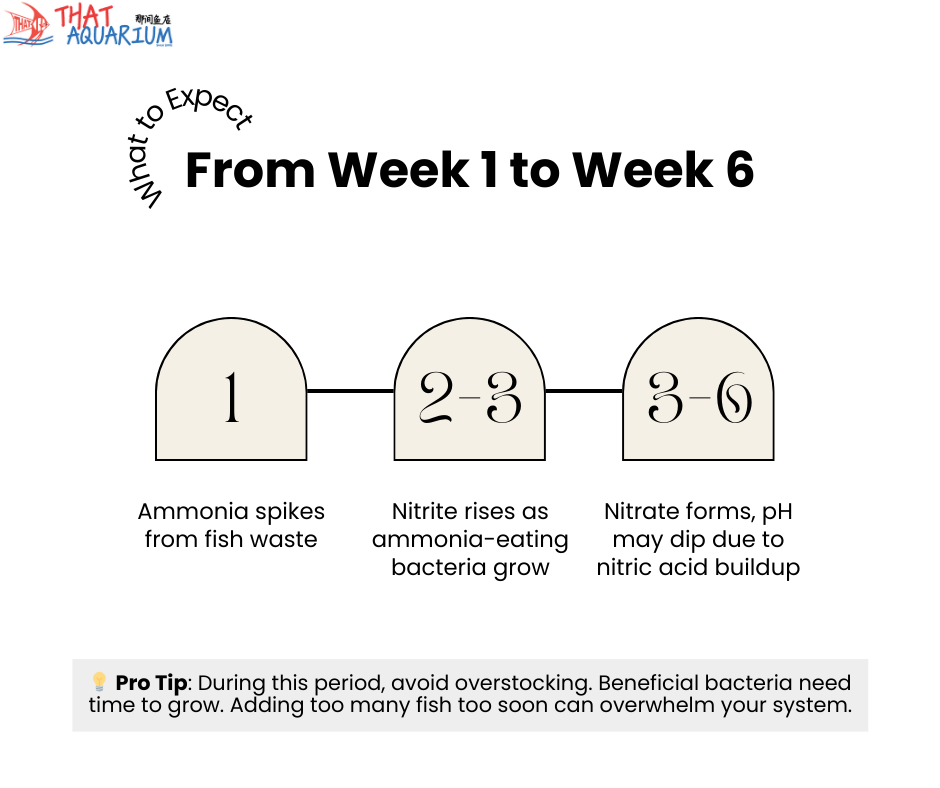
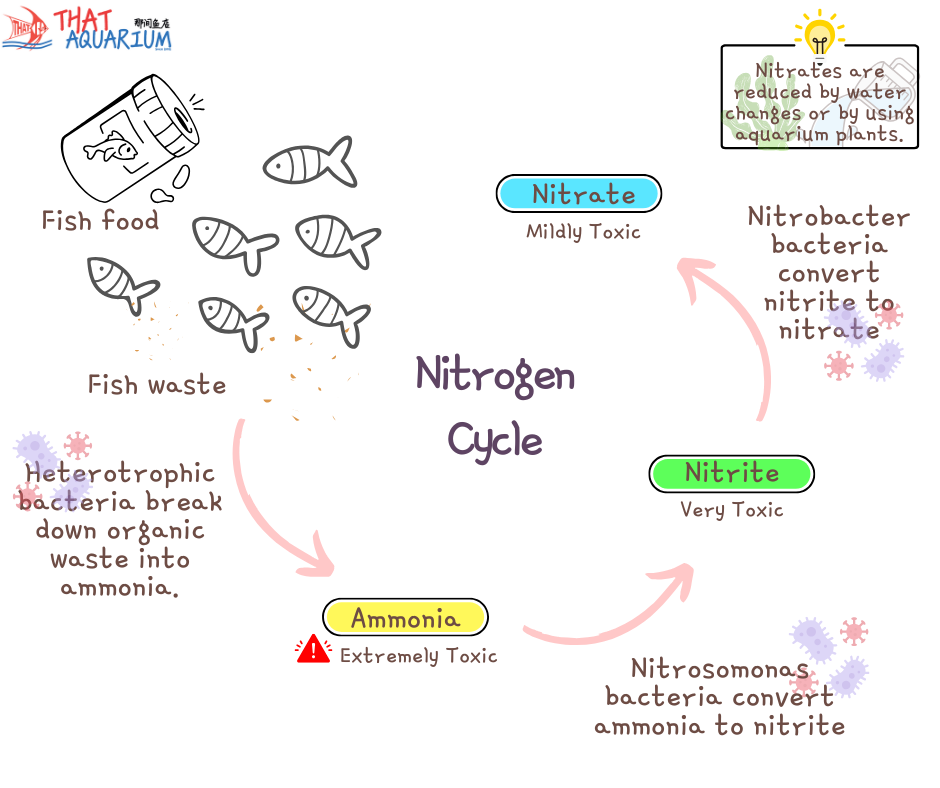
If you’re eager to see fish in your tank sooner, there is a way to fast-track things—safely.
Here’s what we recommend for those who can’t wait for the full cycle:
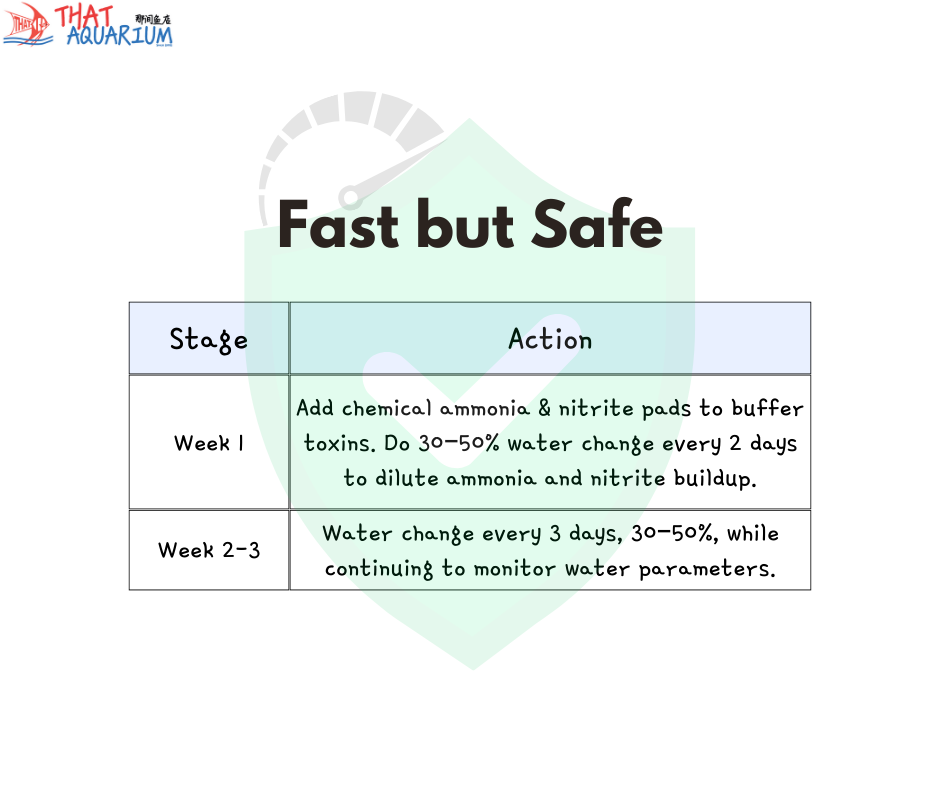
💡 Pro Tip: This gives you a buffer while your bacteria colony matures—but consistency is key. Don’t skip the water changes. This method also gives you more control—but you must be diligent. Frequent water changes and chemical support are essential.
To avoid crashing your tank, add fish in small batches.
Example: For a 60L tank, aim for a final stock of 20 small community fish.
✅ Start with 4–5 fish (20%)
✅ Wait 1–2 weeks
✅ Test your water
✅ If levels are stable, add the next group
This allows your beneficial bacteria to adjust with each added load.
One of the most common mistakes new hobbyists make? Overfeeding.
Too much uneaten food breaks down and releases ammonia, which can stall your cycle—or worse, kill your fish.always hungry! 😄
Here’s a simple feeding rule for small fish during the early stages:
🐟 Only feed what your fish can finish within 15 seconds. Once a day.
✅ Use quality food—small, easily digestible pellets or flakes
✅ Remove uneaten food with a net or siphon after feeding
✅ Avoid “topping up” just because they look cute and hungry—they’re always hungry! 😄
💡 Pro Tip: It’s easier to correct underfeeding than overfeeding. A little hunger won’t harm your fish—but ammonia spikes from leftover food definitely will.
Different fish species prefer different pH ranges, but here’s the golden rule: pH stability matters more than pH perfection.
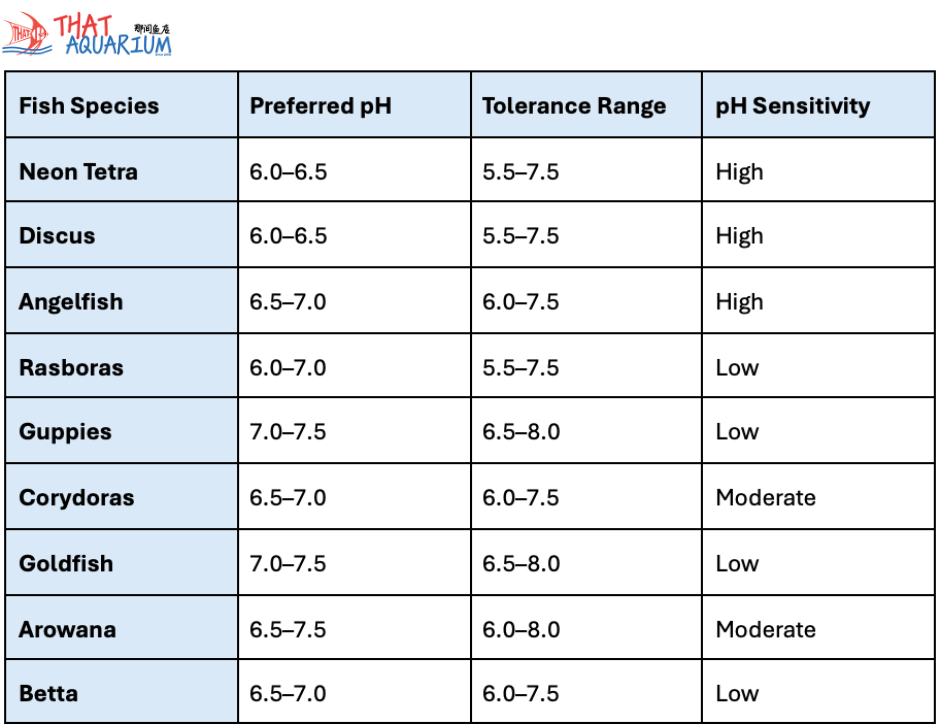
💡 Pro Tip: Only aim for specific pH ranges if you’re trying to trigger breeding behavior in sensitive species like:
✅ Feeling eager? Use chemical pads + frequent water changes to safely speed things up
✅ Add fish progressively—20% at a time to avoid overloading the system
✅ Feed fish once daily, only what they can eat in 15 seconds
✅ Remove uneaten food to prevent ammonia buildup
✅ Use beneficial bacteria to establish your biofilter
✅ Test your water weekly—or bring a 150ml sample to our store for free testing
✅ Aim for pH stability, not textbook perfection
✅ Always let the test kit be the one to say, “Yes, it’s time”
Still unsure about your water parameters, feeding routine, or fish count? We’re here for you. Bring a water sample, your tank specs, or even a video to any of our stores—our aquarists will guide you step by step to ensure your tank starts right and stays healthy.
Proudly presented by our That Aquarium Digital Team, where innovation meets aquatic excellence.
Published on 13 June 2025
Author: Kelvin Phua
Illustrator(s): Chai Minyu, Abbie Tan
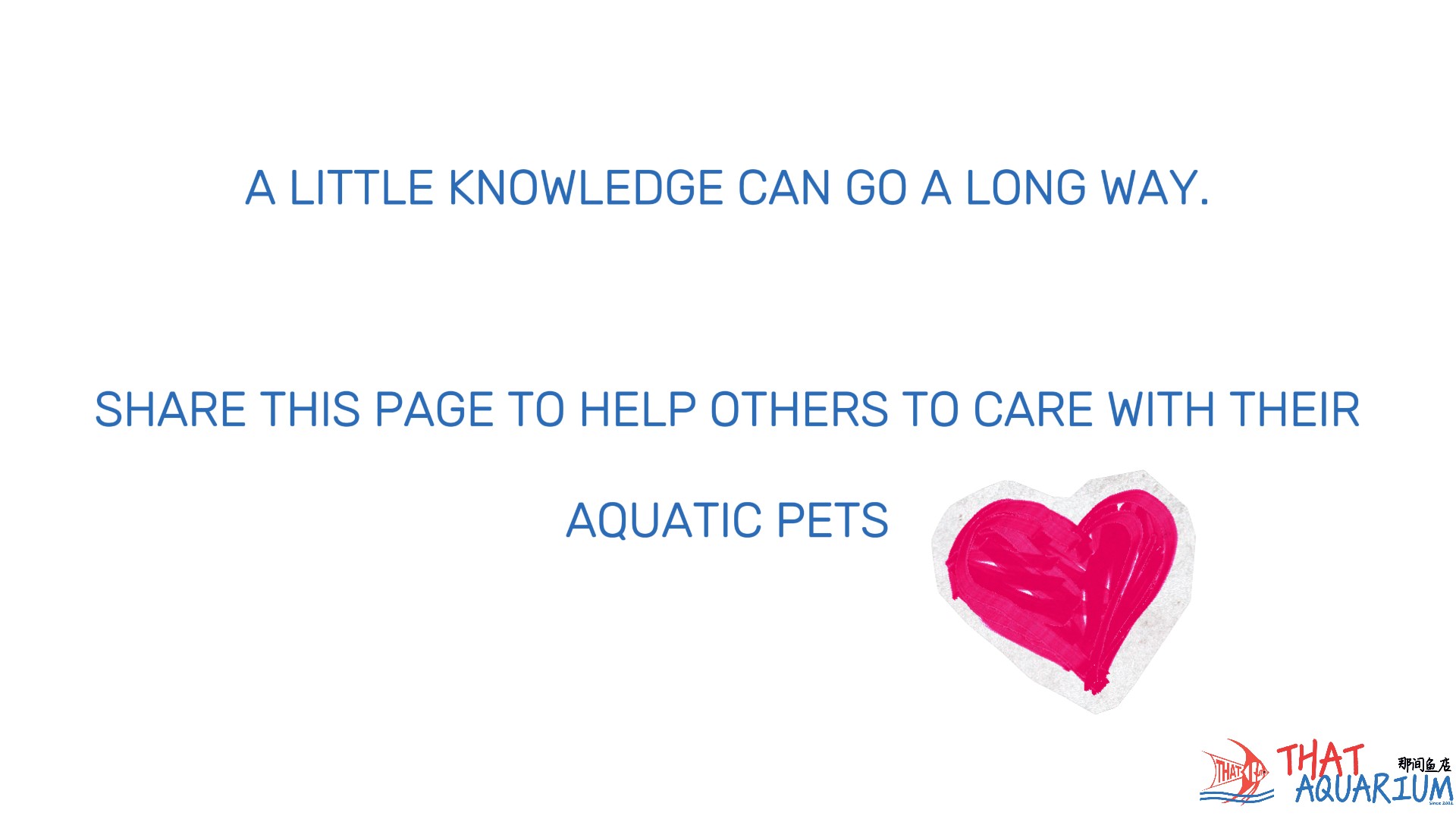
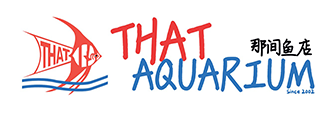
At That Aquarium, we believe that exceptional CARE is the foundation of our success. We are committed to treating each customer and every aquatic life with genuine compassion and respect. Our dedication goes beyond providing quality products and services; we strive to create a nurturing environment that delivers a therapeutic experience for our customers, our aquatic life, and our team. Guided by principles of integrity, forward-thinking mindset, and continuous improvement, we aim to foster a harmonious and supportive atmosphere. Our focus is on ensuring that every interaction reflects our dedication to excellence and our care for both our people and our community.
That Aquarium